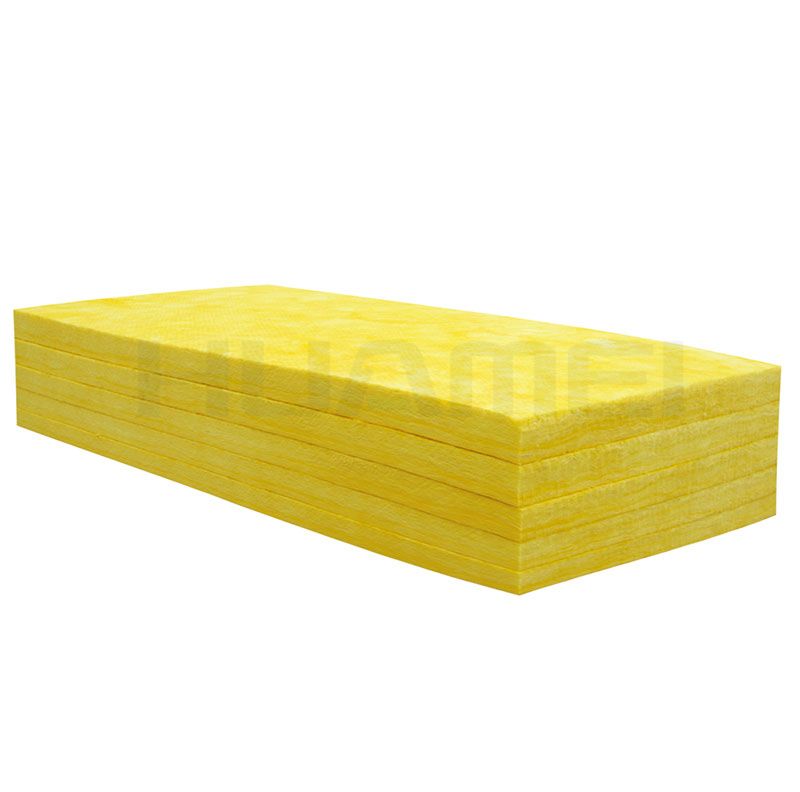Can I touch glass wool?
Yes, you can touch glass wool, but it's important to exercise caution and take proper safety measures when handling it. Glass wool is a type of insulation material made from spun glass fibers. These fibers can be very fine and lightweight, and they can potentially cause skin irritation or discomfort if not handled properly. Here are some tips to keep in mind when touching glass wool:
Wear Protective Gear: When handling glass wool, it's recommended to wear appropriate protective gear, such as gloves, long sleeves, pants, and safety goggles. This will help prevent direct contact with the fibers and minimize the risk of skin irritation.
Minimize Skin Contact: If you need to touch glass wool, try to minimize direct skin contact. Use gloves to create a barrier between your skin and the material.
Avoid Inhaling Fibers: Glass wool fibers can become airborne if the material is disturbed. Breathing in these fibers can be harmful to your respiratory system. If you're working with glass wool, wear a mask or respirator designed to filter out fine particles to prevent inhalation.
Wash Hands and Clothing: After handling glass wool, thoroughly wash your hands and any exposed skin with soap and water. If your clothing comes into contact with glass wool fibers, it's a good idea to wash those clothes separately to prevent spreading the fibers to other items.
Dispose Properly: When working with glass wool, be mindful of proper disposal methods. Dispose of any waste material or used gloves in accordance with local regulations and guidelines.
Ventilation: If you're working in an area with glass wool, ensure proper ventilation to help disperse any airborne fibers and reduce the risk of inhalation.
Professional Installation: If you're using glass wool for insulation purposes, it's often recommended to have it installed by professionals who are experienced in working with insulation materials. They will have the necessary protective equipment and knowledge to handle the material safely.
In summary, while you can touch glass wool, it's important to do so with caution and adhere to safety guidelines to prevent potential skin irritation and exposure to airborne fibers. If you're not experienced in handling insulation materials, it's best to leave the installation and handling to professionals.
Wear Protective Gear: When handling glass wool, it's recommended to wear appropriate protective gear, such as gloves, long sleeves, pants, and safety goggles. This will help prevent direct contact with the fibers and minimize the risk of skin irritation.
Minimize Skin Contact: If you need to touch glass wool, try to minimize direct skin contact. Use gloves to create a barrier between your skin and the material.
Avoid Inhaling Fibers: Glass wool fibers can become airborne if the material is disturbed. Breathing in these fibers can be harmful to your respiratory system. If you're working with glass wool, wear a mask or respirator designed to filter out fine particles to prevent inhalation.
Wash Hands and Clothing: After handling glass wool, thoroughly wash your hands and any exposed skin with soap and water. If your clothing comes into contact with glass wool fibers, it's a good idea to wash those clothes separately to prevent spreading the fibers to other items.
Dispose Properly: When working with glass wool, be mindful of proper disposal methods. Dispose of any waste material or used gloves in accordance with local regulations and guidelines.
Ventilation: If you're working in an area with glass wool, ensure proper ventilation to help disperse any airborne fibers and reduce the risk of inhalation.
Professional Installation: If you're using glass wool for insulation purposes, it's often recommended to have it installed by professionals who are experienced in working with insulation materials. They will have the necessary protective equipment and knowledge to handle the material safely.
In summary, while you can touch glass wool, it's important to do so with caution and adhere to safety guidelines to prevent potential skin irritation and exposure to airborne fibers. If you're not experienced in handling insulation materials, it's best to leave the installation and handling to professionals.


评论
发表评论